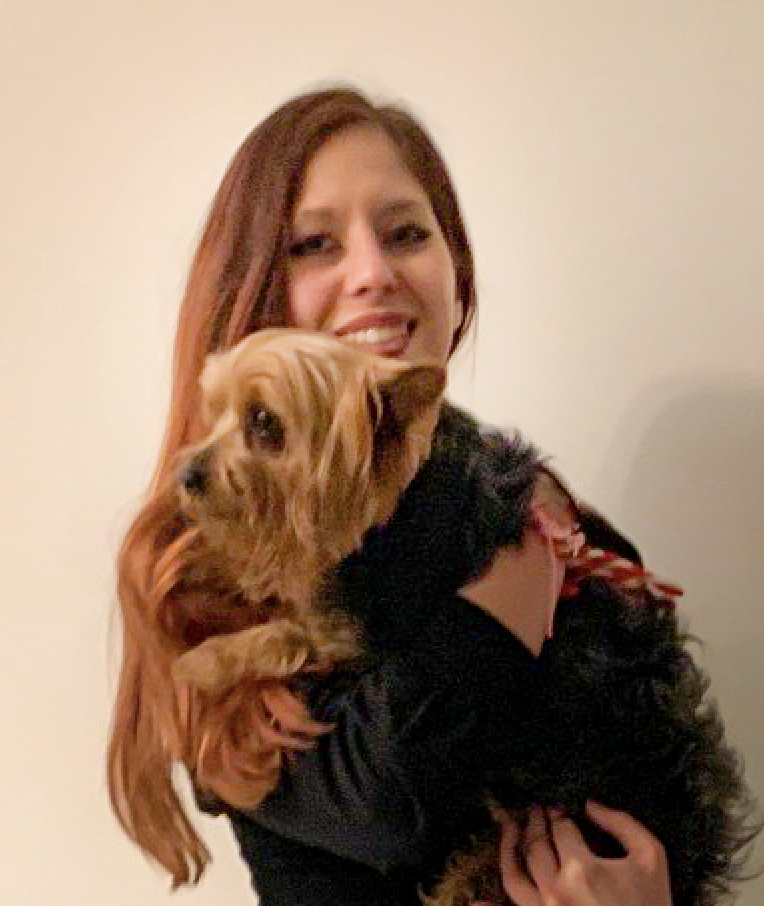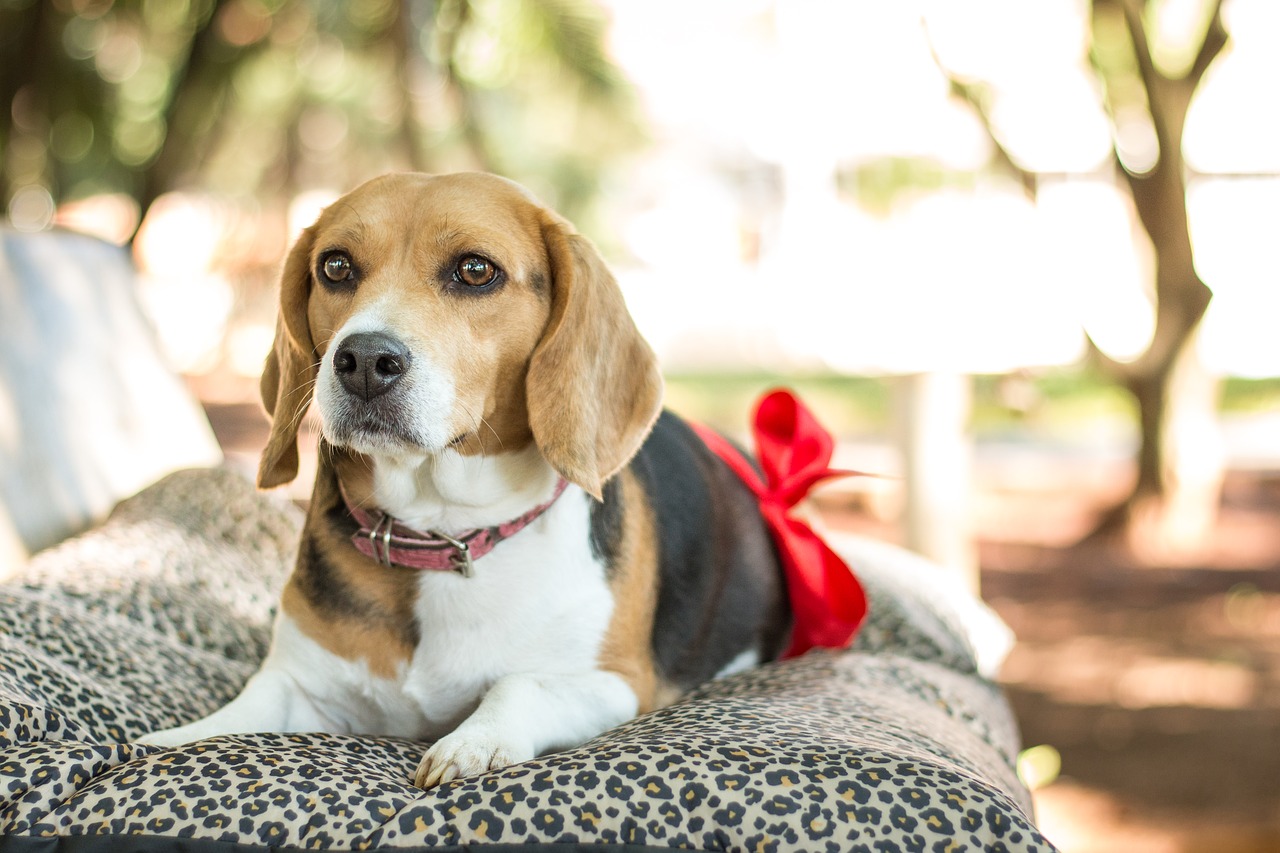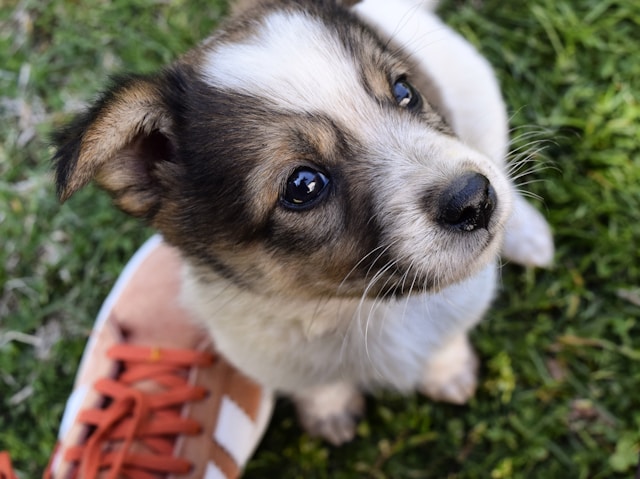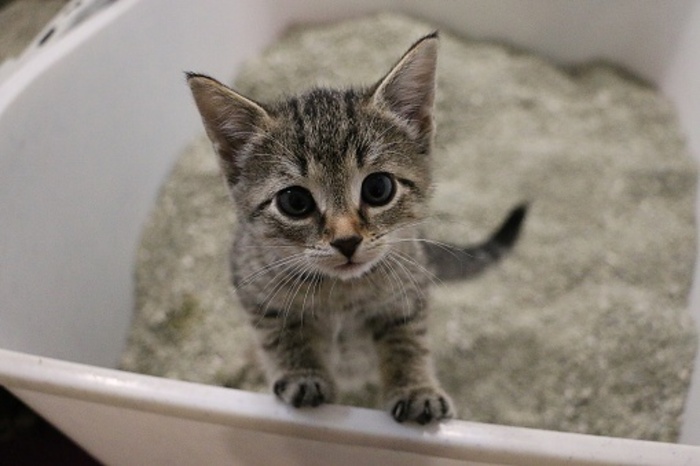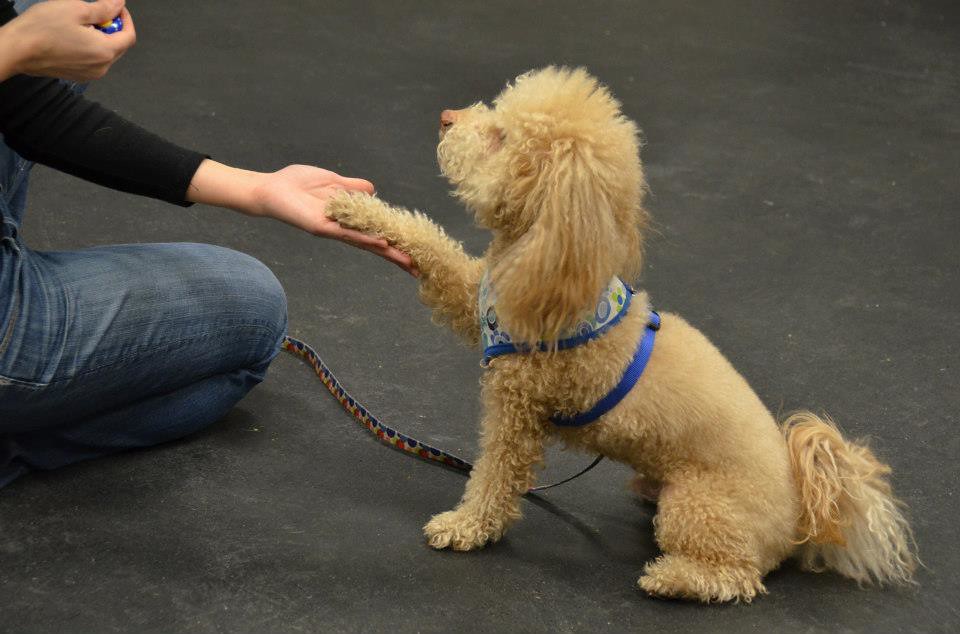
Having a new puppy can be really exciting and challenging at the same time, as it will require regular veterinarian visits, food, exercises, care, and most importantly- commitment and love. Training a dog at a young age can help us avoid many behavioral problems in the future. Moreover, the younger a dog is, the easier he/she will learn new skills and be able to socialize properly. Dogs constantly explore their surroundings, process related information and learn new things about their environment. Owners who want to have obedient, socialized, and confident adult dogs, may want to consider training them at a young age.
In this article, we will let you know what age is deemed appropriate to start training a puppy and what steps you should take to conduct it properly.
What Is the Proper Age for Training to Start?
According to many veterinarians and trainers, puppy training can start at the age of 7-8 weeks. At this age a puppy is likely to learn basic commands like “sit”, “come”, “wait”. Veterinarians recommend that all vaccines are made before the training starts. You also need to keep in mind that at a young age the bone structure has not been developed yet, and you need to be careful with the tasks you train your pup to perform. If trained inadequately, puppies may get injured or develop anxiety, fear, or even aggression at an adult age.
It is recommended that you take timely actions if you notice a behavioral issue and not wait until it gets worse.
First Steps in Puppy Training
Positive Reinforcement
If you have read our article “How to Discipline a Dog” you are already familiar with the main training approach and namely- the positive reinforcement. In brief, this is a training technique that features praising and rewarding the dog every time he/she fulfills a given command/task correctly. This approach does exclude any tools or actions like physical, verbal aggression, and shock collars, that may lead to negative experiences and cause trauma in your dog.
In order to succeed in applying this method, first you need to be aware of what your puppy likes. If he/she is more interested in toys, you should use his/her favorite toys to achieve the wanted training results. If he/she is more into treats, you may want to find his/her favorite flavors and use them in the training process.
Of course, using an exaggerated tone and cue words to praise your pup is also important for the training to succeed. Using a proper intonation and patting your dog when he/she fulfills a task, are considered a secondary positive reinforcement.
How to Introduce and Use Food or Toys as a Training Tool
You can show your puppy the reward (treat or toy), give a command, and move the reward to achieve the wanted result. You may wonder what “move the reward” means. This means that if you hold the treat/toy over your puppy’s nose and then move it backward, your puppy is likely to sit. This is considered his/her natural response if he/she wants to keep the reward in sight. If you keep the reward at a distance from your pup, the natural response is likely to be “come”. If you use a cue word every time you give a certain command (do not change the words that you use for the commands) and reward your pup every time he/she responds accordingly, he/she is likely to make the connection between the words and the behavior you expect him/her to show.
We would like to note that you should not repeat the given command, if your pup does not fulfill the task immediately. This may lead to а misconception, as your pup may expect you to repeat the commands several times before he/she fulfills them. To avoid this misunderstanding, you may use a leash as an additional tool. It may help you achieve the wanted behavior in case that your pup does not respond accordingly. However, you need to be very affectionate.
You already know how to apply treats/toys to the training process.
Imagine that you are on a walk with your pup and you want him/her to fulfill a command, i.e. another dog is coming towards you and you want your pup to sit and wait. Suddenly you figure out that you forgot to bring treats/toys. You do not have to panic, as it is quite normal to not bring rewards at all times. You just need to train your pup to fulfill the tasks without receiving a reward each time he/she manages to perform it.
How to Train a Pup to Fulfill Commands Without Giving Him/Her a Reward Every Time
You need to let your pup notice the reward in your hand. The goal is to catch his/her attention and make him/her take the position you want. Once your puppy responds properly, you can hide the reward in your hand. Then you should give a command, using the chosen cue word for it, and repeat the signal/movement, that the pup always recognizes and tends to follow. Once your pup performs the wanted behavior, praise him/her using an overemphasized tone. You can also add a gentle pat to the praising. In the beginning, you should still provide treats, but not each time. You’d rather give a reward every 2-3 times, changing the frequency at random times. Gradually your pup is likely to start responding to your verbal commands or hand signals. Step by step you should be able to replace the primary reinforcement (treats and toys) with the secondary reinforcement (praising and patting) and achieve the same results.
We would like to list some pieces of advice you may want to follow to train your pup properly.
Pieces of Advice for Proper Puppy Training
There are a few things you need to consider when you train your pup.
First, you need to be extremely patient and consistent during the training process. Do not get discouraged if your pup needs more time to learn a certain command. Always remember, that your puppy senses your feelings and emotions and once he/she knows that you are stressed out or nervous, he/she is likely to perform the same type of behavior.
As we mentioned above, you should use a certain word or phrase that will remain the same during the training process. For instance, once your pup learns that “drop” means to put the object in his/her mouth on the floor, do not replace the word with another word or phrase like “put it on the floor”. He/she is not likely to associate the command with the proper action.
When you train a dog, especially if he/she is at a young age, keep the sessions short. You can practice the commands throughout the day several times, but each session should be approximately 5 minutes. The length of all sessions during the day should not exceed 15-20 minutes. The main reason is that puppies can concentrate for short periods of time. It is important that you finish a session, while your pup is still having a positive attitude to the exercises and is feeling motivated. You do not want your puppy to get bored and associate the training process with unpleasant experiences.
Practicing in different surroundings is also really important if you want to succeed in this initiative. First, you may want to start practicing in your home, in a room, free of distractions: close the windows, turn off the TV, ensure that that there are no noises or any factors that may distract your pup. Gradually, start adding distractions-continue practicing in another room, that is noisier and your family members are likely to stay there more often. When you notice that your pup has mastered the tasks in a distraction-free environment, you can go outside, and keep training in your backyard (if you live in a house, of course).
It is recommended that you do not go for a walk with your pup in too crowded areas or parks with a lot of dogs. You need to introduce new people and other animals to your pup gradually. Otherwise, your puppy may get too excited or afraid.
We would like to give you some example on how old should be a pup to be able to perform certain tasks. In other words, we will give you a sample training schedule.
Example of a Puppy Training Schedule In a Week-by-Week Layout
At the age of 8 weeks you can train your puppy basic commands like “sit”, “wait”, “come”. You can apply the reward technique listed above.
At the age of 8 weeks, you can start with leash training as well. It is advised that you do not practice this training outside, as your pup is not likely to have all the required vaccinations. You can practice this task in your home by putting a collar on your pup and walking him/her inside the house. Never forget to reward your pup. You can increase the length of the sessions step by step. Once your pup gets fully vaccinated, you can move outside and keep practicing in an environment with more distractions.
If your pup does not like being petted/touched, you can start the so-called “handling” training at this age. You can touch gently your pup’s ears and/or paws and give him/her rewards, so he/she can associate the physical contact with positive experience. Always pay attention to the body areas where your pup feels comfortable to be touched. Physical contact can be really helpful as you will be able to check your pup’s body for injuries and wounds. In addition, it will strengthen your bond and make him/her feel loved and attached to you. Of course, this will be also very helpful when you arrange veterinarian visits and your furry friend needs to stay calm.
The age of 8-10 weeks is considered suitable enough for crate training to start. If you are interested in conducting this kind of training, we would recommend that you check our articles “Crate Training Schedule- how to do it, and what do you need to know before that?” and “Does A Service Dog Need Crate Training?” In general, crate training needs to be conducted in short sessions. You need to introduce the crate to your pup gradually by putting treats or his/her favorite toys inside, and reward him/her every time he/she goes in the crate. The crate should be placed in a room of your home with a good view so that the pup does not feel isolated. The place should not be too noisy, too hot or cold.
When your pup turns the age of 10-12 weeks you can start practicing “no bite” training. Pups are likely to mouth all kinds of objects at this age. This is quite normal, as dogs learn through exploration. However, preventing your pup from biting, is really important, if you want to interfere with an aggressive type of behavior in the future or too hard playtime, which may cause you injuries. The main approach is to redirect your pup’s attention to an object like a toy, that he/she is allowed to bite. You may want to train your pup the “leave” command when you want him/her to let go of the object in his/her mouth. For this command, you can use treats again. First, put a treat in your hand so that your puppy can see it and say a restricting cue word if he/she is trying to grab it. Then you can try putting a treat in front of you and observe the reaction of your doggy. If he/she tries to grab it (which is very likely) you can cover the treat with your hand or other object and say a restricting command word. When your pup calms down and stops trying to grab the treat, praise him/her with an approving command word and give him/her a different treat.
Once your pup understands what you are expecting him/her to do, you can keep training, using different “forbidden” objects. Your pup should understand, that the command words are related to all kinds of objects, especially to your hands and feet. Do not forget to praise him/her when he/she fulfills a task and reward him/her accordingly.
When your pup turns the age of 12-16 weeks you can start conducting potty training. You will need to make a schedule and stick to it, so that your dog will learn at what time of the day he/she will go for a walk and a potty break. Remember, that the younger a dog is, the more frequent you will need to walk them outside for potty breaks. Give your pup a reward when he/she relieves him/herself outside. Gradually your pup will learn to hold his/her bladder. You can find a sample schedule of potty/crate training in our article mentioned above.
The age of 6 months is deemed the adolescence phase. At this age, you need to keep practicing the learned skills so that your dog can master them and be able to help you regardless of the situation and the surroundings.



